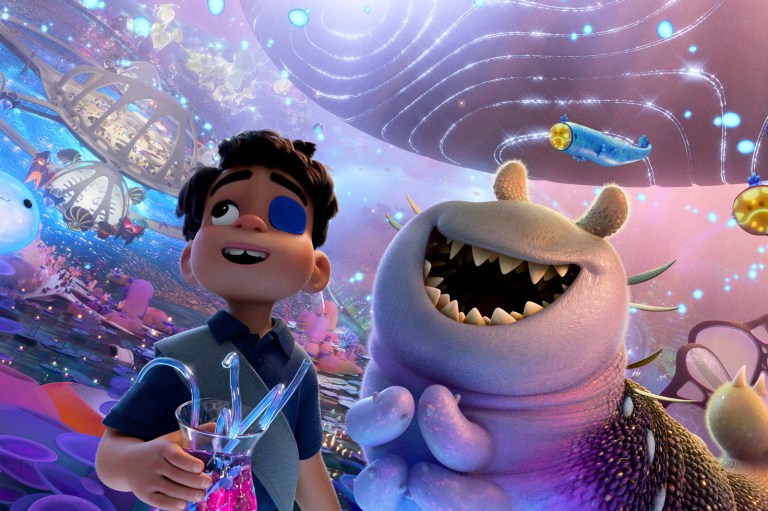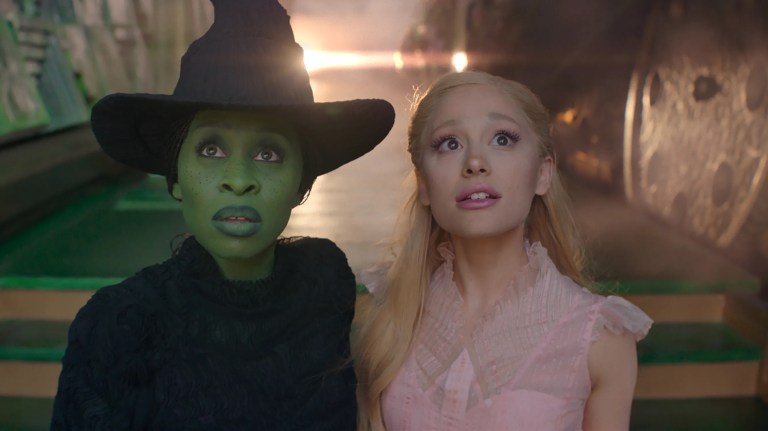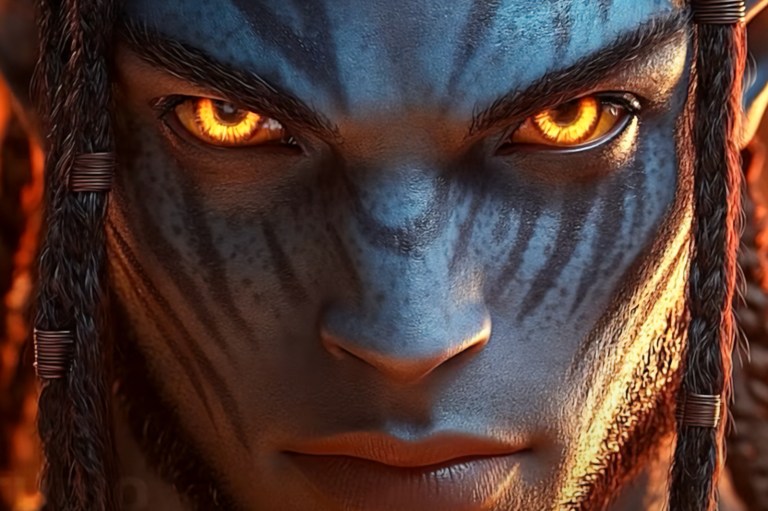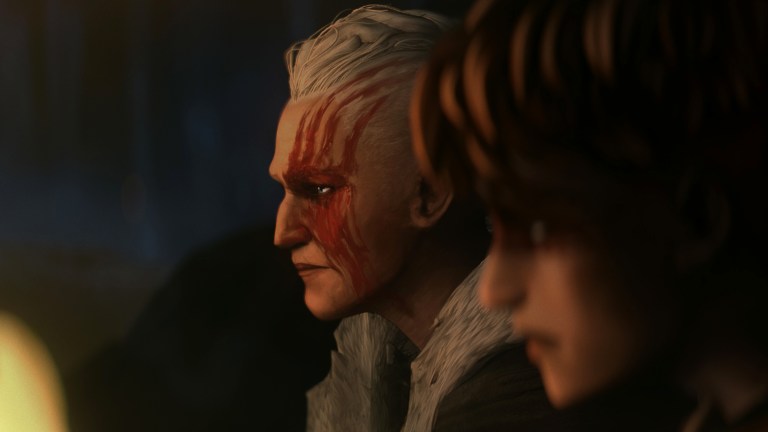
7 Surprisingly Dark Moments In Beloved Disney Films
For millions of audience members across the globe, Disney remains the epitome of family-friendly entertainment – the benchmark on which all children’s movies are regularly compared.
With a company history dating back to 1923, Disney has released hundreds of animated short films and dozens of feature-length sagas that have forever changed the entertainment industry. Revolutionizing experimental new techniques within the realm of animation, Disney also proved that films could dazzle and delight viewers young and old alike, whether looking at their earlier projects in Snow White or Pinocchio or their more recent endeavors with Moana, Frozen, or Encanto.
With so many films making up their accomplished filmography, it’s always interesting to see how Disney’s movies have grown and changed with each passing decade. In some cases, for example, the company has included scenes that have thrilled, terrified, and/or haunted viewers with their darker tone, existing in sharp contrast to the light-hearted nature of a conventional Disney film. From the brutal deaths of a film’s chief villain to the attempted murder of an infant baby, here are some of the absolute darkest moments in Disney’s vast history.
The Horned King Is Torn Apart (The Black Cauldron)
We won’t sugarcoat it for you: The Black Cauldron is among the least memorable Disney movies of the company’s animated filmography, possessing neither the charm nor whimsical quality of the studio’s earliest works. In spite of that, The Black Cauldron does deserve a degree of attention for its darker tone, as evidenced by the film’s nightmarish villain, the Horned King, as well as his disturbing fate at the very end of the movie. Epitomizing the old adage of “be careful what you wish for,” The Black Cauldron’s final act finds the Horned King sucked into the eponymous cauldron itself, resulting in the skeletal monarch literally being torn to pieces. While most Disney villains tend to meet a well-deserved demise, the Horned King’s death is in a league of its own in terms of its grislier quality and downright harrowing visuals.
The Evil Queen’s Transformation (Snow White)
Before Disney became associated with films fit for the whole family, the company had a grittier edge when it came to the look and tone of the movies produced in the ‘30s and ‘40s. Nowhere is this characteristic more readily seen than in the very first Disney film, Snow White and the Seven Dwarfs. Case in point with the Evil Queen’s nightmarish metamorphosis into the white-haired, wizened peddler woman halfway through the film. Changing from an nondescript middle-aged monarch into a hunched, husky-voiced old hag, the Queen’s transformation into her magical disguise seems like a scene straight out of Frankenstein or The Wolf Man, unsettling young and older viewers alike with its dizzying tone.
Frollo Nearly Kills A Baby (The Hunchback of Notre Dame)
Often described as one of the most mature Disney films ever made, The Hunchback of Notre Dame frequently pushes the envelope when it comes to its surprisingly adult topics of discussion. The film’s opening sequence, for example, features its main antagonist (the fanatical Judge Frollo) kicking a young mother to her death and then nearly drowning her infant child, believing the baby to be a monster born from the gates of hell. While Frollo’s villainous “Hellfire” song deserves a certain degree of attention, The Hunchback’s opening moments define the entire tone and spirit of the film moving forward. To this day, no other Disney film has come close to matching its darker quality – because let’s face it, it’s pretty darn difficult to top attempted infanticide within a Disney movie.
Clayton’s Disturbing Demise (Tarzan)
As mentioned previously, most Disney villains tend to meet a gruesome death by the end of their respective narratives, whether falling from the top of a cliff or getting mauled by their formerly loyal servants. But even then, Disney has yet to depict a villains’ death more graphic than Clayton’s in 1999’s Tarzan. Caught in a tangle of jungle vines, the arrogant British hunter proceeds to hack away at his binds in a panicked fury. In spite of the attempted intervention of Tarzan, Clayton merely winds up worsening his precarious situation, leading him to accidentally hang himself with one fatally placed vine wrapped around his neck. (Just as a reminder, this happens in a G-rated movie, everyone.)
The Death of Bambi’s Mother (Bambi)
A scene that lives on in two-dimensional infamy, the death of Bambi’s mother in 1942’s Bambi marked one of the most serious moments in Disney’s early history. Sure, the company had explored mature themes in Snow White and Pinocchio, but Bambi was the first time the studio explored more grounded topics related to loss and a child’s grief at the unexpected passing of their parent. As the unseen hunter’s gun thunders through the forest, audiences feel the air literally sucked out of their lunges, marveling at the newfound level of realism present in Disney’s work.
The Infamous Donkey Transformation (Pinocchio)
Scarring as many children now as it did upon its release in 1940, Pinocchio remains something of a polarizing film among lifelong Disney fans. For some, it’s a groundbreaking animated epic that brilliantly merges light-hearted humor with plenty of hair-raising darker moments. For others, that balance leans a bit too much towards the latter, ushering in a film of haunting intensity and surprisingly taut suspense. In a film marked by upsetting moments, though, the Pleasure Island sequence remains permanently etched in viewers’ collective imaginations. Watching as Lampwick and Pinocchio slowly transform into braying donkeys, younger audience members can’t help but look away in horror as the metamorphosis occurs on-screen. As though the sequence alone wasn’t unsettling enough, we then learn that the former children are sold into slavery, condemning them to a life of backbreaking hardship and excruciating pain without any hope of salvation. . . . This is a Disney film, right?
Scar Murders Mufasa (The Lion King)
Just as the death of Bambi’s mother traumatized an entire generation of audience members, Mufasa’s tragic passing in The Lion King left millions of viewers clutching their pearls and dabbing their eyes with its impactful emotional resonance. Plotting out ways to steal his brother’s throne, Scar commits the ultimate sin against nature by hurling Mufasa from the top of a cliff straight down into a herd of stampeding wildebeests. While fratricide is never exactly a digestible thing to see in any film, watching it happen in a Disney movie is all the more surprising, especially when looking at the callous nature behind Scar’s actions and his spine-chilling last words to Mufasa. (“Long live the king.”) It’s a scene practically Shakespearean in its tone and dramatic tension, catching audiences completely off-guard the first time they watch it unfold in front of their eyes.











